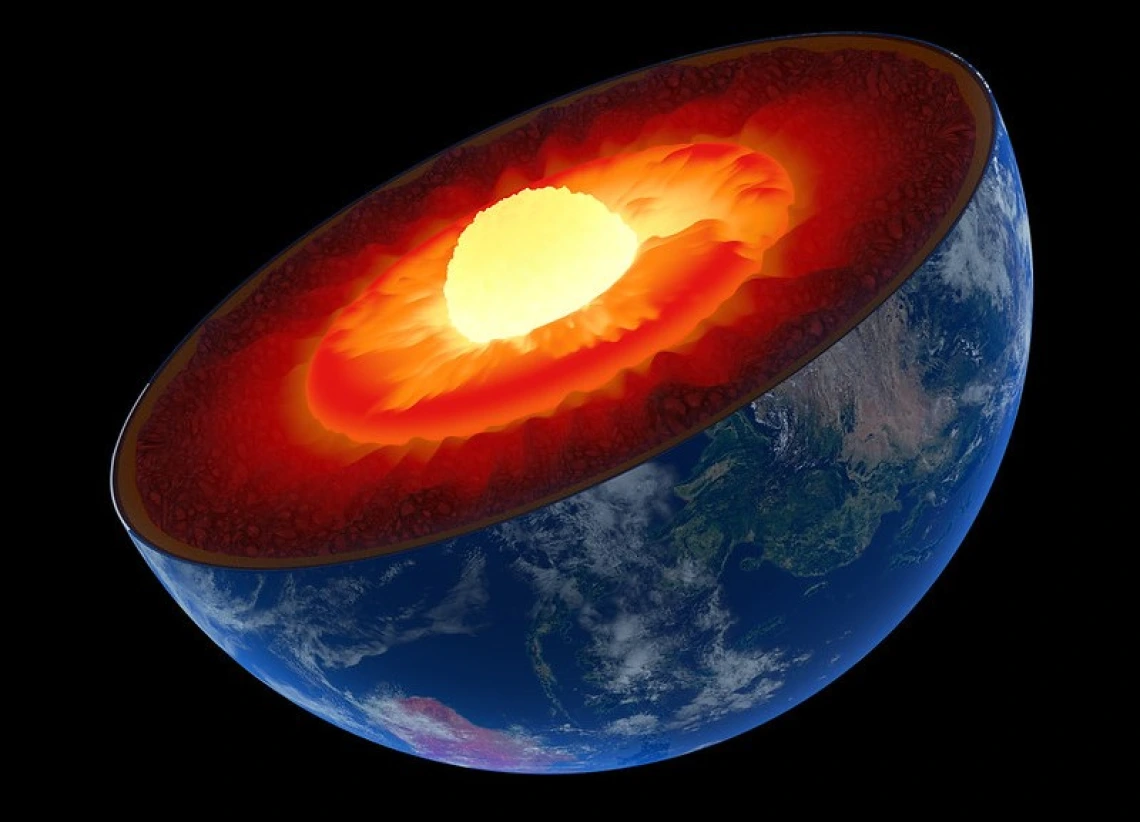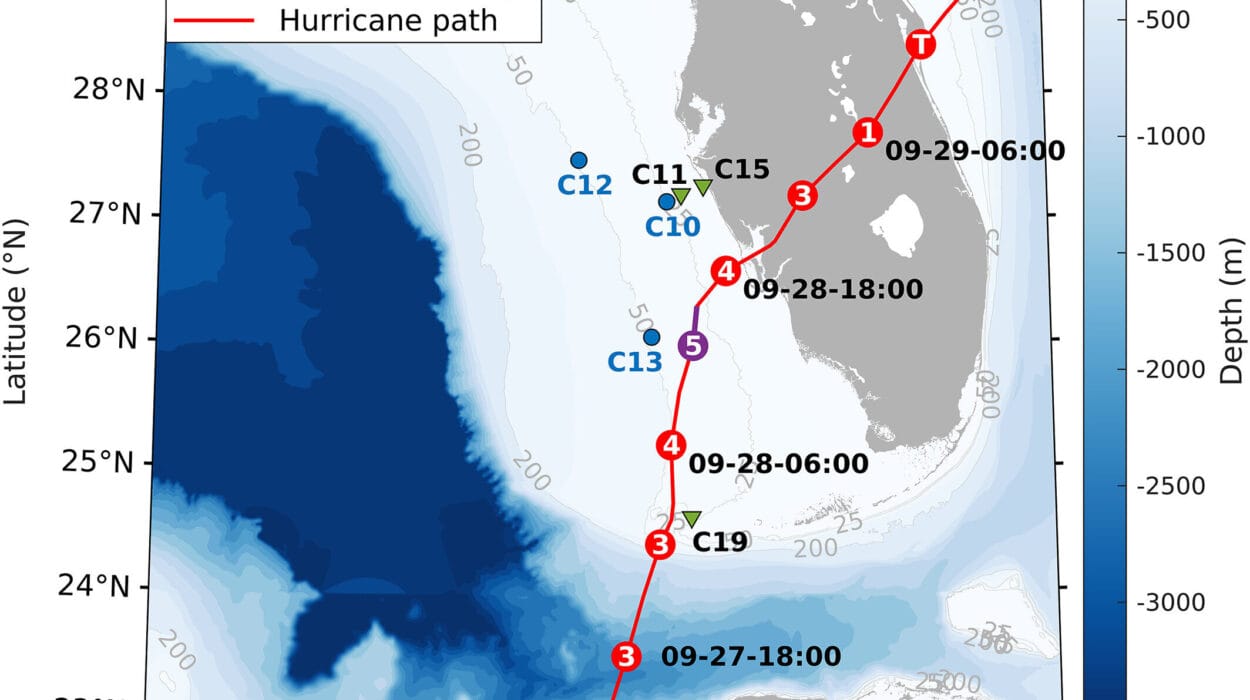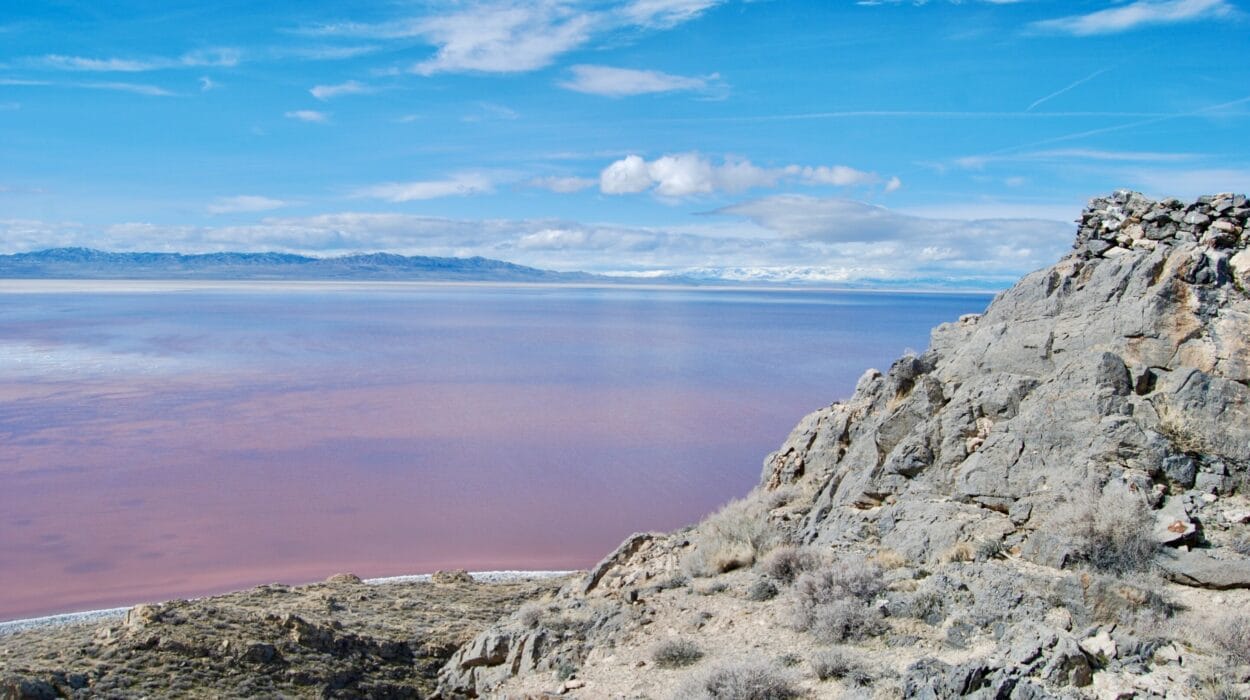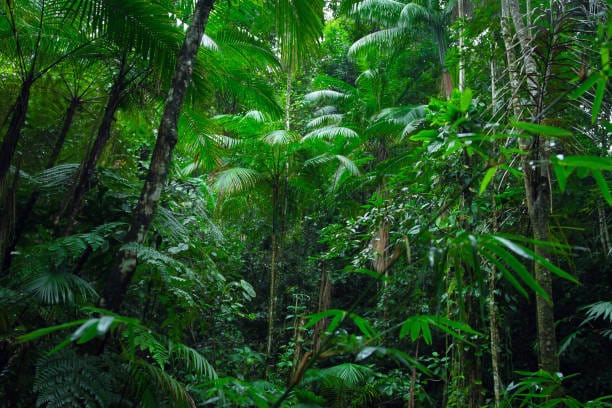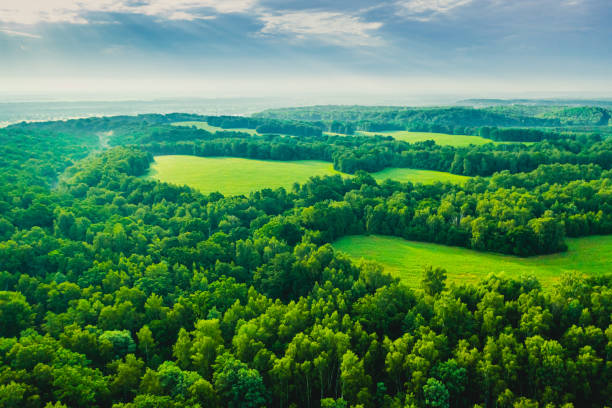The Earth may seem still beneath our feet—solid, dependable, unwavering. But this illusion of stability hides a profound truth: the ground we walk on is not as still as it seems. Beneath our cities, forests, oceans, and deserts lies a vast, restless engine of molten rock and shifting power. It is the Earth’s mantle—a thick, complex layer that quietly shapes the surface of our planet and the life that depends on it.
Without the mantle, Earth would be a lifeless rock in space, devoid of mountains, oceans, volcanoes, or continents. The mantle is not only Earth’s inner powerhouse, but also its great sculptor, its painter, its heartbeat. This hidden world governs the rhythms of geological activity, from the slow drift of tectonic plates to the cataclysmic fury of volcanic eruptions and the trembling roars of earthquakes.
In this journey into the depths of our planet, we’ll explore the mantle’s role in driving Earth’s geological activity. We’ll venture through the ancient past, witness the forces behind towering mountain ranges, and follow the delicate interplay of rock and heat that continues to mold our world, even now.
The Mantle’s Mysterious Realm
The Earth is like an onion, layered in complexity. At the very center lies the inner core, a solid sphere of iron and nickel hotter than the surface of the sun. Encasing it is the outer core, a churning sea of molten metal whose movement generates Earth’s magnetic field. Above that lies the mantle—about 2,900 kilometers thick, comprising more than 80% of Earth’s volume.
Though the mantle is often imagined as a sea of lava, the truth is more nuanced and extraordinary. Most of it is not liquid at all. The mantle is primarily solid rock, but it’s rock under such intense pressure and temperature that it flows—very, very slowly. Over the course of millions of years, this slow-motion movement drives the dynamic processes that make our planet geologically active.
The mantle is divided into two main parts: the upper mantle and the lower mantle. The upper mantle, together with the crust, forms the lithosphere, which is broken into tectonic plates. Beneath the lithosphere, the mantle becomes more plastic and dynamic. This region, known as the asthenosphere, flows like warm putty, allowing the rigid plates above to move.
These distinctions are not just academic. They determine how mountains rise, how oceans open, how continents drift, and how magma finds its way to the surface. They determine the fate of civilizations that build near fault lines or volcanic belts. They are the invisible framework of our living planet.
A Dance of Plates: How the Mantle Moves Continents
Our continents are not fixed features of the Earth. They float atop the mantle like massive rafts on a slow-moving sea. This movement is made possible by the phenomenon of mantle convection—an endless cycle driven by heat.
Deep within the Earth, radioactive decay and residual heat from planetary formation generate immense thermal energy. This heat rises through the mantle in slow, convective currents, like the motion of boiling water in a pot. As hot material from the deep mantle rises, cooler material near the surface sinks. This circulation creates a system of conveyor belts that drives the movement of tectonic plates.
It was this process that tore apart the ancient supercontinent of Pangaea some 200 million years ago. As mantle plumes surged upward and rifts opened, continents were slowly pushed away from each other, drifting into the familiar shapes we know today. But the continents have not stopped moving. Even now, Africa is colliding with Europe, forming the Alps. The Pacific Plate is sliding beneath Japan, creating deep ocean trenches and deadly earthquakes. South America is being uplifted by the subducting Nazca Plate, building the Andes skyward.
All of this happens because of the ceaseless dance of heat and rock deep within the mantle. It’s a process we can neither see nor stop, but its fingerprints are everywhere—from the Himalayas to the Mid-Atlantic Ridge.
Volcanoes: Windows into the Mantle’s Fury
When the Earth grows impatient, it erupts.
Volcanoes are among the most dramatic manifestations of mantle activity. They offer a rare glimpse into the deep workings of our planet—geological pressure valves that release heat and material from the interior to the surface.
Much of the magma that feeds volcanoes originates in the mantle. As tectonic plates diverge or converge, the pressure and temperature conditions in the mantle can cause solid rock to melt. This molten rock, or magma, is less dense than the surrounding solid mantle, so it rises through fractures and weaknesses in the overlying crust. When it reaches the surface, it can erupt violently as lava, ash, and gas.
The Ring of Fire, a horseshoe-shaped zone encircling the Pacific Ocean, is home to more than 75% of the world’s active volcanoes. It’s a product of subduction zones—regions where one tectonic plate sinks beneath another. As the descending plate dives into the mantle, water and other volatile compounds are released. These lower the melting point of the overlying mantle, creating pockets of magma that eventually break through the crust.
Yet, not all volcanic activity is tied to plate boundaries. Some of the most powerful volcanoes, like those that formed the Hawaiian Islands, originate from mantle plumes—rising columns of hot rock that originate deep within the mantle, possibly from the boundary with the outer core. As the tectonic plate drifts over the stationary plume, a chain of volcanoes forms, each marking a previous location of eruptive activity.
These volcanic hotspots are more than geologic curiosities—they are clues to the structure and behavior of Earth’s interior, signposts of the deep and powerful currents that stir the mantle’s molten heart.
Earthquakes: The Mantle’s Shuddering Pulse
While volcanoes announce the mantle’s power with fire and fury, earthquakes whisper of its strength with trembling might. Earthquakes occur when stress builds up along faults in the Earth’s crust, eventually causing the rocks to snap and shift. But this stress often originates from far below—from the mantle’s convective motion and the movement of tectonic plates.
Subduction zones are particularly earthquake-prone. As one plate descends into the mantle, it does not go quietly. Friction, bending, and compression store massive amounts of energy along the fault lines. When that energy is finally released, the Earth shudders—sometimes with devastating consequences.
Even the deepest parts of the mantle are not immune. Deep-focus earthquakes, which occur hundreds of kilometers below the surface, suggest that subducting plates can remain intact well into the mantle before breaking apart. These tremors reveal a mantle that is not just a passive conduit but a dynamic, responsive environment capable of storing and releasing tremendous energy.
The mantle doesn’t merely permit earthquakes—it choreographs them, setting the conditions for their timing, strength, and location. Every tremor that rattles the Earth’s crust is a faint echo of deeper, hidden forces.
The Cycle of Rock: How the Mantle Rebuilds the Crust
The Earth is not a static sculpture—it is a living canvas. Over billions of years, its surface has been created, destroyed, and reborn. The mantle is the great recycler in this planetary process.
At mid-ocean ridges, magma rises from the mantle, solidifying to form new oceanic crust. This crust slowly moves away from the ridge as tectonic plates diverge. Eventually, it reaches a subduction zone, where it is pulled back into the mantle and melted once more. This continuous process—called the rock cycle—is responsible for the formation of continents, the birth of ocean basins, and the constant reshaping of the Earth’s surface.
Through this cycle, the mantle not only drives geological activity but also regulates Earth’s climate and habitability. The subduction of carbon-rich oceanic crust transports carbon into the deep Earth, while volcanic eruptions release it back into the atmosphere. This deep carbon cycle helps maintain the delicate balance of greenhouse gases that make life possible.
In this way, the mantle is not merely a geologic force. It is a planetary steward, governing cycles of creation and destruction that support the fragile biosphere above.
Mantle Plumes and Supercontinents: The Breath of Deep Time
Every few hundred million years, the continents come together to form a supercontinent—a massive landmass surrounded by a global ocean. This cycle of assembly and breakup, called the supercontinent cycle, is driven in large part by mantle dynamics.
When a supercontinent forms, it insulates the mantle beneath it, trapping heat. Over time, this heat builds until it triggers massive upwellings of hot mantle material, known as superplumes. These plumes cause widespread volcanic activity, rifting, and eventually the breakup of the supercontinent.
The breakup of Pangaea, the most recent supercontinent, began this way. Mantle plumes split the land apart, forming the Atlantic Ocean and dispersing landmasses across the globe. As new oceans formed and mountains rose, Earth entered a new chapter in its geologic story—a chapter still being written today.
The mantle is thus the unseen narrator of Earth’s deep time. It determines not only the planet’s structure, but its history and future.
Journey to the Center: How We Study the Mantle
Despite its importance, the mantle remains one of the most mysterious regions of our planet. We cannot directly access it—no drill has ever penetrated more than a few kilometers into the crust, far short of reaching the mantle. Instead, we study it indirectly, using seismic waves, laboratory experiments, and computer models.
When earthquakes occur, they send shockwaves through the Earth. These seismic waves travel at different speeds depending on the material they move through. By analyzing how these waves bend, reflect, and change as they pass through the mantle, scientists can infer its composition, temperature, and structure.
Experiments using high-pressure devices like diamond anvil cells allow researchers to recreate the extreme conditions of the mantle in the lab. Meanwhile, supercomputers simulate mantle convection, helping us understand the long-term dynamics that shape our world.
Thanks to these tools, our understanding of the mantle is growing. We now know it contains massive structures known as Large Low Shear Velocity Provinces (LLSVPs)—mysterious zones at the base of the mantle that may be the source of some superplumes. We are learning that the mantle is not homogeneous, but a dynamic patchwork of hot and cold, solid and molten, stable and chaotic.
The Mantle and the Future of Our Planet
In the coming centuries, the mantle will continue to guide Earth’s evolution. The continents will keep drifting. New oceans will open. Old ones will close. Volcanoes will erupt, and earthquakes will strike. Mountains will rise, and glaciers will fall. And all of this will happen beneath our feet, shaped by the unseen hand of the mantle.
Understanding the mantle is not just a scientific pursuit—it is essential to preparing for the future. By studying the mantle, we can better predict volcanic eruptions and earthquakes, understand the movement of tectonic plates, and even search for the origins of life on other planets.
The mantle also offers tantalizing prospects for energy and resource exploration. Geothermal energy—heat from within the Earth—offers a sustainable power source. Minerals formed deep in the mantle may one day become vital for our technologies.
As we look skyward in search of other worlds, we must not forget the mysteries still hiding beneath our own. The mantle, vast and dynamic, holds many secrets. It is Earth’s hidden soul, always moving, always shaping, always alive.
